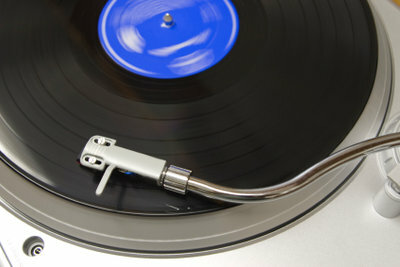Build your own hi-fi rack
A hi-fi rack is much more than just a storage space for high-quality hi-fi devices. There are numerous things to consider when building a hi-fi rack yourself. The choice of material is of particular importance. In the following instructions you will learn how to build an optimal rack yourself.

What you need:
- drilled stone slabs
- glued chipboard
- Pipe sections
- Rubber or cork
- Threaded rods
- Expansion sleeves
- Nuts
- Discs
- Foot elements
Before you build the hi-fi rack yourself, you should think about the purpose and purpose of the rack besides housing equipment.
A good hi-fi rack ensures perfect sound
- A good hi-fi rack should be able to decouple device vibrations. This means that the vibrations of one device are not transmitted to others. This would negatively affect the audio signal.
- This point of view is ultimately decisive for the way in which you build the hi-fi rack yourself.
- In addition, one device should never stand directly on top of the other, but rather separately. It is up to you whether you arrange up to two devices next to each other or all devices one above the other in a tower-like manner.
- The height and width of the hi-fi rack depends on the number of devices. This also applies to the number of floors.
- When choosing the distance between the individual shelves, you should bear in mind that some hi-fi devices can be operated from above.
- If you build a hi-fi rack yourself, the choice of material always depends on its dampening or absorbing properties against vibrations.
- Your floor is of particular importance. If the floor is heavy, for example made of stone, the HiFi rack can also be made of heavy material, such as stone slabs. This material absorbs the vibrations.
- With light soils, such as wood or laminate, a cushioning material should be used when building a hi-fi rack yourself. For example, chipboard that has been glued multiple times has a dampening effect. The plate layers are connected with elastic glue.
Build PA boxes yourself - this is how it works
In contrast to hi-fi boxes, PA boxes must be able to handle large ...
Build it yourself with suitable material
- If you have built a hi-fi rack yourself, the connection between the individual floors should be made with damping elements. Attenuation is ensured by pipe sections that have a rubber or cork washer at the ends. The length of the pipe sections corresponds to the distance you have selected between the individual floors.
- Expanding sleeves are now driven into the pre-drilled upper plate.
- Then screw the threaded rods into these expanding sleeves.
- Then the first tubes are pushed onto the threaded rods. You should not forget the cushioning washers.
- Now the first intermediate shelf is placed on the threaded rods.
- Proceed in exactly the same way with all other intermediate shelves until the required height of the hi-fi rack is reached.
- Finally, the entire construction is pulled together with the help of nuts and thus screwed.
- The choice of the feet of your rack again depends on the absorption capacity of the floor. It is advisable to use spikes for a stone or screed floor. With lighter floors, cushioning foot elements are suitable.
- The foot elements, usually four in number, are screwed onto the finished hi-fi rack.
Foot elements and other accessories are available from specialist retailers, for example at "hi-fi accessories ".
How helpful do you find this article?



